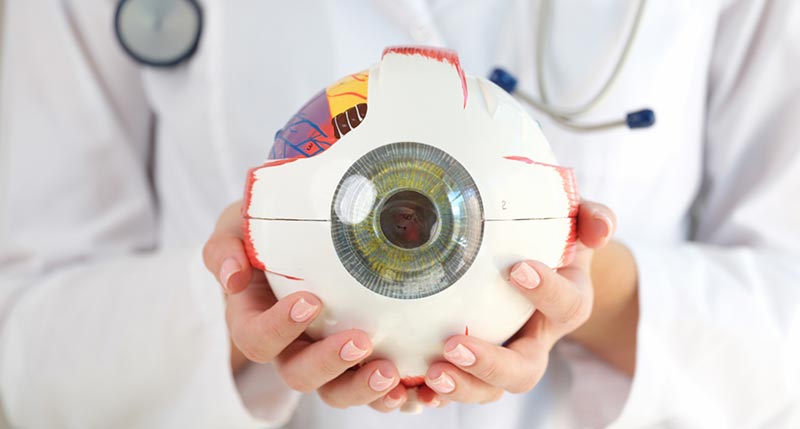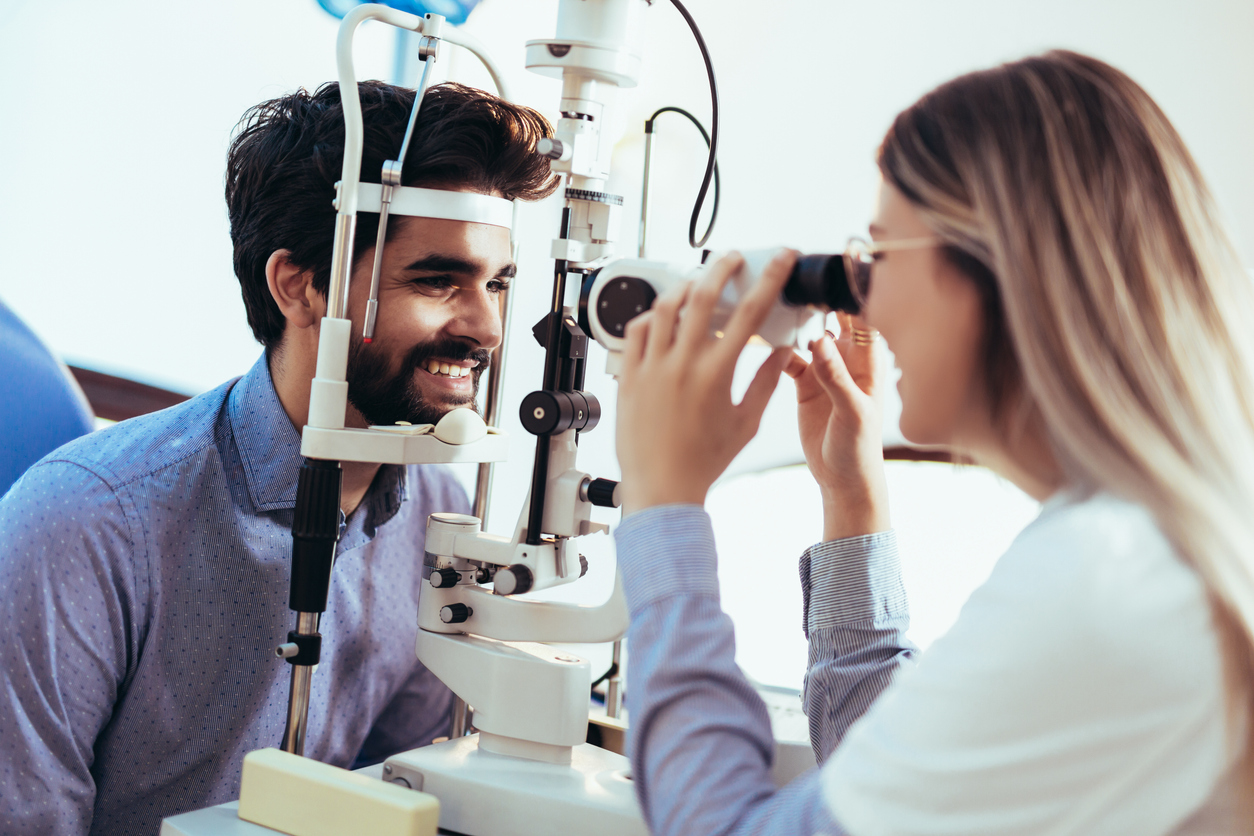Your Local Eye Doctor Optometrist: Committed to Clear Vision in Riverside
Your Local Eye Doctor Optometrist: Committed to Clear Vision in Riverside
Blog Article
The Comprehensive Eye Exam: What to Expect During Your Visit to the Eye Doctor
A check out to the eye doctor for a detailed eye test is even more than a regular examination; it is a vital action in safeguarding your aesthetic wellness. What precisely happens throughout the eye health evaluation, and exactly how does it affect the prescription procedure?
First Appointment
The preliminary consultation throughout an eye examination serves as an essential structure for recognizing a patient's visual wellness demands. This phase establishes the tone for the entire assessment process, permitting the optometrist to gather vital info concerning the individual's medical history, lifestyle, and details vision issues. By meticulously examining any pre-existing problems, drugs, or previous surgical treatments, the eye treatment expert can customize the evaluation to attend to specific requirements effectively.

Moreover, the preliminary appointment is an opportunity for individuals to voice any type of inquiries or issues, fostering a collective connection with their doctor. This communication not just ensures that the patient really feels notified and comfy however likewise empowers them to take part proactively in their eye wellness monitoring. Jointly, these discussions allow the optometrist to design a personalized evaluation strategy, guaranteeing optimal treatment and accurate diagnosis.
Visual Acuity Test
Beginning the core parts of an eye assessment, the visual skill test is made to examine the sharpness and quality of a client's vision. This vital analysis assists determine exactly how well an individual can discern letters or icons at a standardized range, normally using a Snellen graph (Eye Doctor). The graph comprises rows of letters that reduce in size inside out, with the client positioned at a normal range of 20 feet
During the examination, the patient is asked to cover one eye and review out loud the smallest line of letters they can see clearly. This procedure is duplicated for the various other eye. The results are videotaped as a fraction, with 20/20 vision suggesting normal visual skill-- where the individual can see at 20 feet what a person with normal vision can see at that range.
The visual acuity test also recognizes potential refractive errors such as astigmatism, hyperopia, or nearsightedness, which could require corrective lenses. By developing a baseline of visual efficiency, the test is an indispensable diagnostic tool that assists the eye treatment professional in establishing an ideal therapy plan tailored to the patient's special visual demands.
Eye Health Evaluation
Complying with the visual skill test, a thorough eye health analysis is carried out to make sure the general well-being of the eyes. This critical section of the eye test involves an extensive evaluation of both the inner and exterior frameworks of the eye.
Through the use of ophthalmoscopy or fundus photography, the retina, optic nerve, and blood vessels are meticulously assessed. In several situations, pupil extension is done to boost visibility of the internal eye frameworks, although this may result in momentary light sensitivity for the patient.
In addition, intraocular pressure is determined to screen for glaucoma threat. This is normally done making use of tonometry, which can find raised stress levels that may recommend prospective damages to the optic nerve. Jointly, these assessments form a detailed evaluation to keep ocular wellness.
Refraction and Prescription
Refraction check my source is a sophisticated treatment carried out by eye care professionals to determine the accurate lens power needed to deal with refractive mistakes such as myopia, presbyopia, astigmatism, and hyperopia. The goal of this treatment is to evaluate exactly how light bends as it passes via the eye, permitting the practitioner to determine whether corrective lenses are required for improved visual skill.
Throughout the refraction procedure, the individual is asked to check out a phoropter, a gadget which contains numerous lenses. The practitioner will methodically transform these lenses and ask the person to contrast clarity in between choices till the best possible vision is attained. This procedure is important in crafting a precise prescription that specifies the ideal lens power for spectacles or contact lenses.
The prescription originated from this treatment not just optimizes vision but additionally functions as a foundation for choosing click over here suitable rehabilitative eyeglasses. It is vital to make sure that prescriptions are routinely upgraded, as changes in vision can occur with time, emphasizing the relevance of routine eye assessments. This careful attention to detail assists keep clear, comfortable vision in day-to-day live.
Follow-Up Recommendations

Throughout a follow-up visit, the eye physician will certainly conduct a series of examinations to assess aesthetic acuity and check for any kind of changes in vision that might demand an upgrade to the prescription. Furthermore, the follow-up gives a chance to talk about any pain or problems experienced with present glasses. Modifications can be made to make certain convenience and efficacy, whether with lens alteration or framework adjustments.
For people with ongoing problems such as glaucoma, diabetes-related eye concerns, or macular deterioration, even more regular follow-ups might be essential. These visits are critical for handling and potentially reducing the progression of eye illness. Following these recommendations can dramatically contribute to maintaining aesthetic health and wellness and stopping long-term problems.
Final Thought
The extensive eye test is a necessary process for keeping aesthetic health and wellness, encompassing a detailed evaluation of clinical history and vision problems. Secret elements consist of the aesthetic acuity examination, which reviews vision clarity, and the eye wellness analysis, which examines the overall condition of the eyes.
A browse through to the eye doctor for an extensive eye test is view it more than a regular examination; it is a crucial step in safeguarding your aesthetic health.Kicking off the core components of an eye assessment, the visual acuity test is designed to assess the intensity and clearness of a person's vision.Adhering to the visual acuity examination, an extensive eye health analysis is carried out to make certain the general health of the eyes. These check outs enable the eye care professional to check adjustments in vision, upgrade prescriptions, and examine the total health and wellness of the eyes. Key parts include the aesthetic acuity test, which evaluates eyesight clearness, and the eye health evaluation, which takes a look at the total condition of the eyes.
Report this page